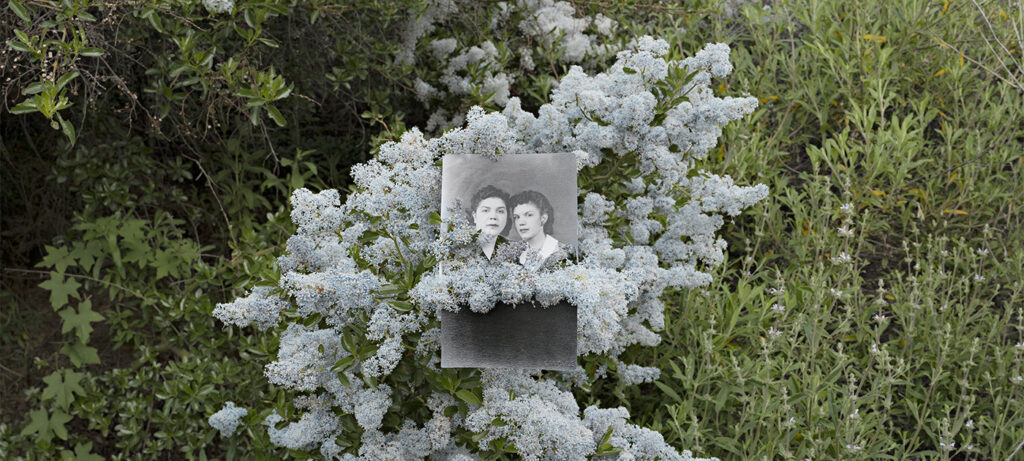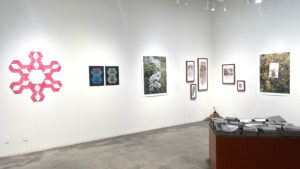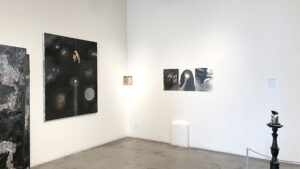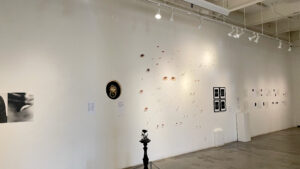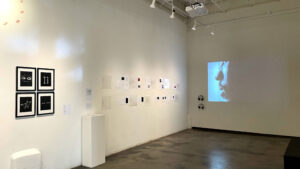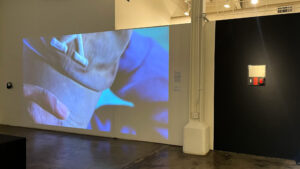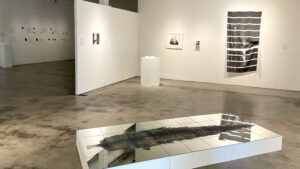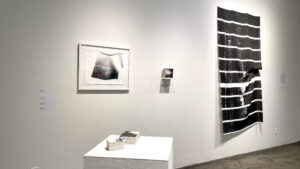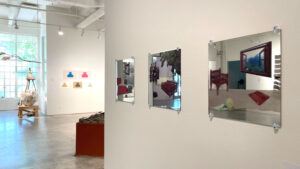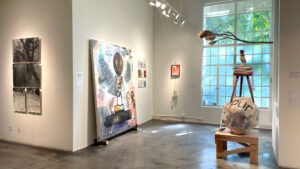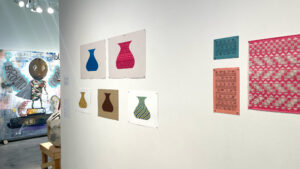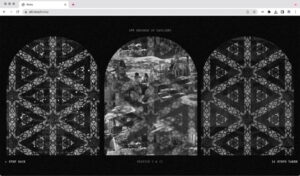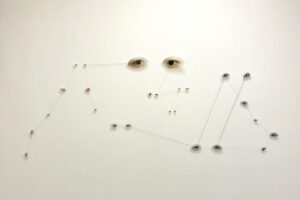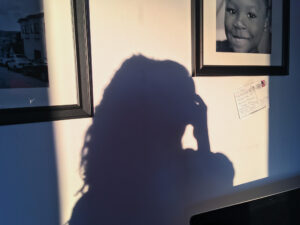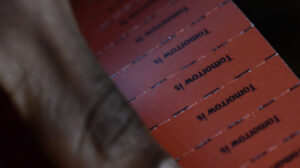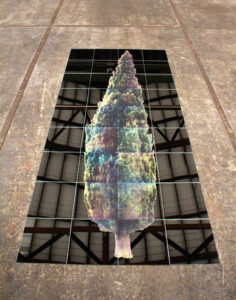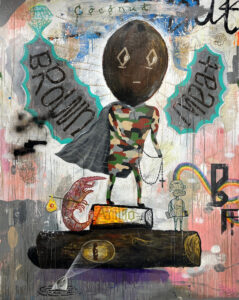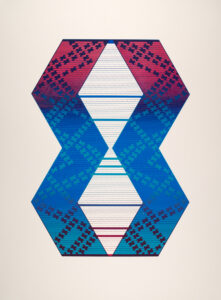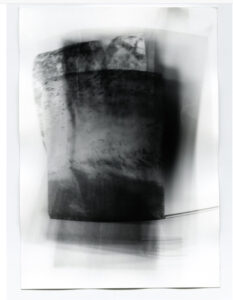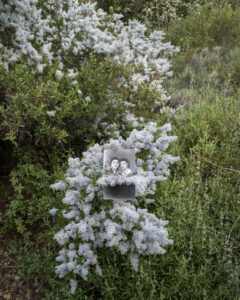Where the Tree Grows
Kala Gallery is excited to present the exhibition Where the Tree Grows featuring new works by 2023-2024 Kala Fellowship and Media Residency artists: Chia Amisola, Alison Chen, Philip Crawford, Amy Elkins, John Yoyogi Fortes, Charles Lee, Shantré Pinkney, Helia Pouyanfar, Georgina Reskala and rhiannon skye tafoya
Artists in Where the Tree Grows examine their cultural roots, family lineage, and ancestral connections. Through family archives, rituals, and technology, they investigate the transient nature of diasporic passages and migration, illuminating and reclaiming shared and lost narratives. Many search for notions of selfhood, self care and communal healing reflecting on intergenerational trauma and systemic oppression.
Together these projects invite us to revisit our own connections to the communities and technologies that shape and have the potential to empower us. Art is a powerful catalyst to revisit historical, personal and communal narratives and to create further dialogue, community healing, and support for a more equitable future.
Chia Amisola is a Filipino artist devoted to the internet’s loss, love, labor, and liberation. Chia creates ambiences, ecologies, and tools using the web(site) as a material, and performs ‘internet ambient’ – hypertextual performances of internet-based art and electronic literature with live music & participatory elements. They organize Developh to promote the use of technology as a tool for liberation, and the Philippine Internet Archive in pursuit of a more poetic & critical third-world internet. Chia’s new body of work explores girlhood, containers, identity, faith, and divinity in the atmospheres & myths of the church and computer.
Alison Chen, is a visual artist working in video, performance, and photography. She is interested in the complex nature of our closest relationships. Through her work, she examines the complexities and confusions that surround intimacy, the dynamics of vulnerability, and the areas where our preconceived notions fall short. Her installation, A Map of Our Eyes explores the connections between multiple generations of women through snapshots from her family archive. Paging through albums, she surveyed the gazes of mothers and daughters captured in these images. Delicate thread strings together moments and builds relationships that span generations.
Philip Crawford is a US-American artist based in Berlin. His studio practice combines critical essays, works on paper, video, sculpture, and installation in a wide-ranging study of popular representations and “fast images”. In his work, Philip investigates ways to slow down their reading to re-visualize black livingness, unsettle hegemonic historical narratives, challenge systems of oppression, and reclaim technologies of power. In addition to his studio practice, Philip provides artistic direction for decolonial projects in Berlin through Studio Karfi. His published essays and articles investigate the cultural histories of pop culture artifacts in relation to contemporary social struggles.
Amy Elkins is a research-based visual artist and educator based in the Bay Area. She works primarily in photography and installation and her work explores the complexities of gender, race and identity, including how they are impacted by systems of power: prisons, the military, colonization, and hierarchies built upon social constructs. Most recently Amy’s work includes explorations of self as well as her family’s deeply rooted and complex history in Southern California as an 8th generation born on Tongva/Gabrielino land in the greater Los Angeles area with the ancestral blood of both colonized and colonizer.
John Yoyogi Fortes is a Filipino-American artist questioning and exploring the physical and psychological landscapes of self. Drawing inspiration from pop culture, comics, nature, and Filipino culture and history, John’s multi-layered works combine various mediums often depicting obscure worlds wrapped in an amalgamation of artistic styles, techniques, dark humor, and word play. His work in the exhibition explores his relationship with nature, water, and the land rediscovered during the pandemic as an act of decolonizing himself –a reconnection to something ancestral.
Charles Lee is an interdisciplinary artist born in Honolulu, Hawaii, and raised between Yokohama, Japan and Richmond, California. His work, spanning installation, photography, film, sound, and text, delves deep into the impacts of external viewpoints and obscured histories and iconography on the individual self. Through the use of archives, narrative, healing rituals, and a confrontation of the internal shadows, Charles seeks to cultivate heightened self-awareness and empathy. Central to his practice is an emphasis on the significance of intrapersonal connections, community, and our shared journey towards healing and mutual comprehension, all in service of forging a more equitable future.
Shantré Pinkney is a filmmaker, writer and photographer with roots in New York and Atlanta. Her work reflects social relationships and characters coming of age through narrative, portrait and documentary styles. Through her work, she partners with people and groups using storytelling through film, photography, literature, and audio narratives as a force for good. For the exhibition Shantré presents an excerpt and prints from Raw, Black & Blue, which features Tamia’s journey of passion, insecurity and hope.
Born in Tehran, Iran, Helia Pouyanfar immigrated to California in 2014. Inspired by her cultural background and in an examination of passage and the relationship between liminal spaces and transit, her research endeavors to illustrate and investigate the permanently transient state of the refugee body and its negotiation and reconciliation with place. Her research explores the intricate relationship between the body and place by humanizing and narrating the deeply poetic and peculiar experience of forced exile.
Georgina Reskala (Mexican-Lebanese) was born and raised in Mexico City. Her work deals with ideas of memory, history and the power of narrative. Through her repetitive work process (photographing, rubbing, stitching, collaging), she questions the distortion of history through time and ties it into ideas of collective memory and our shared past. By making her work, Georgina practices new ways of seeing. Remembering and disrupting the way we look resists easy and immediate interpretation. Her work invites viewers to learn to look anew, to look with someone else’s eyes, and to pay attention to the way we see in order to resist the desire to label the unknown and erase our memories.
rhiannon skye tafoya is an indigenous artist from the Eastern Band Cherokee and Santa Clara Pueblo tribes. Her tribal heritage and lineage are significant components continuously present within her artwork. skye comes from a lineage of basket-weavers, both paternal and maternal, and used to make red willow baskets with her dad. skye continues to use paper-weaving processes to honor her loved ones and ancestors. Her meticulously crafted designs, patterns, prints, and weavings are influenced by basketry and contain themes of cultural teachings, cherokee language preservation, motherhood and personal & family narratives.
Kala Fellowships and Media Arts Residencies are awarded annually to a group of innovative interdisciplinary artists working in printmaking, photography, painting/drawing, installation, video, sound, performance, and mixed media. This cohort of artists was selected by Kala’s Co-Director Mayumi Hamanaka, Media Fellowship alumni Esy Casey and Diego Villalobos Assistant Curator, CCA Wattis Institute for Contemporary Arts (for Media Fellows), and MoAD Interim Director of Exhibitions & Curatorial Affairs Selam Bekele, and Fellowship alumni Alisa Ochoa.
A special thanks to the supporters of the Fellowship and Parent-Artist Residency programs including the National Endowment for the Arts, The Bernard Osher Foundation, Sustainable Arts Foundation and The Phyllis C. Wattis Foundation.


